Rare Rides: An Air-cooled Berkeley Twosome From 1959

Today’s Rare Ride comes from one of those little European brands you’ve never heard of. The company was in business for just a few years, and produced tiny cars powered by even tinier engines. Let’s take a look at the Twosome, from 1959.
Berkeley originated via a collaboration between an automotive designer and a company which produced travel trailers (the English call them caravans). Lawrence Bond was the designer, and he approached the owner of Berkeley Coachworks, Charles Panter.
Mr. Bond wanted to build small, lightweight sports cars. The caravan factory seemed an ideal place to bring such an idea, as Berkeley had much experience with building things from fiberglass. The factory had a considerable off-season, as the demand for caravans fell off reliably each year.
Plans were drawn, and Berkeley started production of its small cars that were affordable, easy to fix, and nice to behold. The company’s first model went on sale in 1956.
Berkeley changed its offerings rapidly in its short time on the market. The introductory Sports SA322 was produced from October 1956 through January of 1957. It was immediately replaced by the Sports SE328, which expereinced a long run from January 1957 to April 1958.
Another version, the Sports SE492 was built between October 1957 and March of 1959. SE492 used a three-cylinder motorcycle-sourced engine that was air-cooled, and 492-ccs in displacement. It was two-stroke, transversely mounted, and had three carburetors. That meant 30 horsepower were available in the tiny roadster, which allowed a surely terrifying top speed of 80 miles per hour.
The SE492 was renamed in late 1958 to Twosome, to coincide with the company’s largest roadster offering of all, the Foursome. The Foursome stretched the 70-inch wheelbase of the Twosome to a limousine-like 78 inches, and also increased the car’s width.
Both the Twosome and Foursome were finished in 1959, as Berkeley switched gears to a new Q range, with the B95 and B105. They built 178 examples, and Berkeley was struggling. Caravans weren’t selling circa 1959, and the company had cash flow issues. Incredibly, between late 1959 and December of 1960, the floundering company introduced six new roadsters, one of them being a three-wheeler. They made a few of each version, and then went bust.
Berkeley left its small mark on the motoring world with its five-year run of cars amongst its caravans. The factory was sold to an underwear company after all employees were laid off at Christmas time 1960.
Today’s Rare Ride is in restored condition, and its scale is noted by the steering wheel that’s fully half the width of the passenger area. It’s located in Dubai, and is on offer for $27,000.
[Images: seller]

Interested in lots of cars and their various historical contexts. Started writing articles for TTAC in late 2016, when my first posts were QOTDs. From there I started a few new series like Rare Rides, Buy/Drive/Burn, Abandoned History, and most recently Rare Rides Icons. Operating from a home base in Cincinnati, Ohio, a relative auto journalist dead zone. Many of my articles are prompted by something I'll see on social media that sparks my interest and causes me to research. Finding articles and information from the early days of the internet and beyond that covers the little details lost to time: trim packages, color and wheel choices, interior fabrics. Beyond those, I'm fascinated by automotive industry experiments, both failures and successes. Lately I've taken an interest in AI, and generating "what if" type images for car models long dead. Reincarnating a modern Toyota Paseo, Lincoln Mark IX, or Isuzu Trooper through a text prompt is fun. Fun to post them on Twitter too, and watch people overreact. To that end, the social media I use most is Twitter, @CoreyLewis86. I also contribute pieces for Forbes Wheels and Forbes Home.
More by Corey Lewis
Latest Car Reviews
Read moreLatest Product Reviews
Read moreRecent Comments
- Spectator Wild to me the US sent like $100B overseas for other peoples wars while we clammer over .1% of that money being used to promote EVs in our country.
- Spectator got a pic of that 27 inch screen? That sounds massive!
- MaintenanceCosts "And with ANY car, always budget for maintenance."The question is whether you have to budget a thousand bucks (or euro) a year, or a quarter of your income.
- FreedMike The NASCAR race was a dandy. That finish…
- EBFlex It’s ironic that the typical low IQ big government simps are all over this yet we’re completely silent when oil companies took massive losses during Covid. Funny how that’s fine but profits aren’t. These people have no idea how business works.

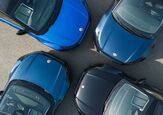






















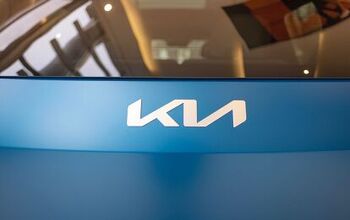





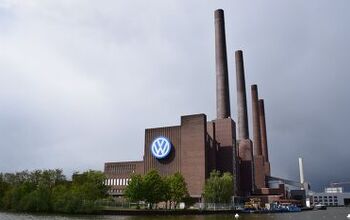
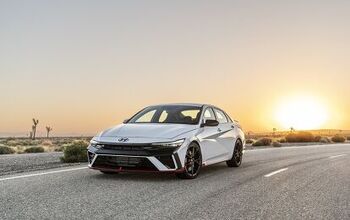



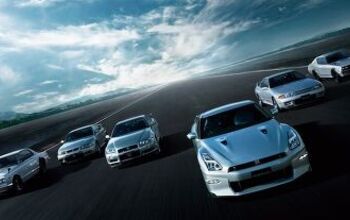



Comments
Join the conversation
I knew a few guys who had these, they were incredibly cheaply made . When seen in the flesh they looked like jokes . IIRC the drive was by a rubber band . A word about the S.U. carbys : like all other carbys, they never, _EVER_ go out of adjustment !. Well meaning un knowledgeable people hear popping sounds that are caused by ignition woes and touch the carbys instead causing havoc . I'm a vintage British car owner along with old Porsche and dual carby VW's, _NONE_ have ever needed the carbys touched after they were set up and properly adjusted . -Nate
I just don’t know.... I am sure that these were a blast to drive, but I when I think of one of these and then think of a 1959 Plymouth, the image that pops into my mind is “I may be too poor to buy a regular sports car but that doesn’t mean I don’t have a death wish!”